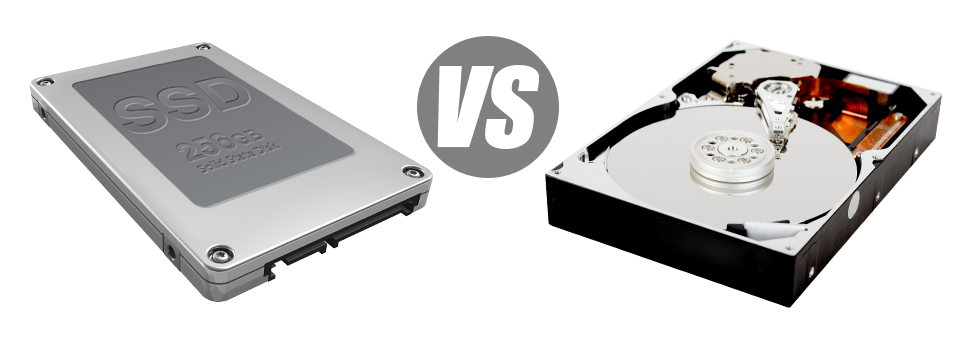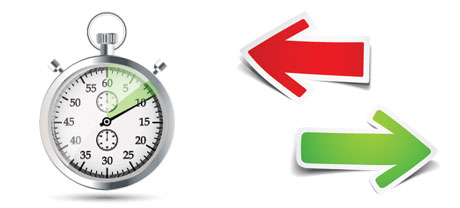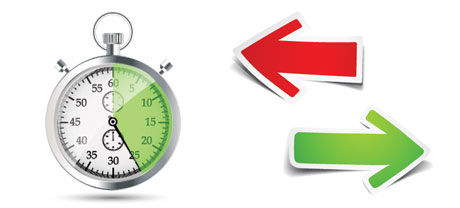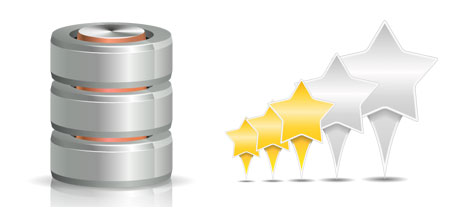At present, just about all new computers contain SSD drives as an alternative to HDD drives. You’ll discover superlatives about them everywhere in the professional press – that they’re a lot faster and conduct far better and they are really the future of home computer and laptop computer generation.
Having said that, how do SSDs perform within the website hosting environment? Are they efficient enough to substitute the tested HDDs? At Techton-BG Ltd, we are going to make it easier to better be aware of the differences among an SSD as well as an HDD and judge the one that is best suited for you needs.
1. Access Time
SSD drives present a fresh & impressive method of data storage in accordance with the usage of electronic interfaces rather than any moving parts and rotating disks. This unique technology is considerably faster, making it possible for a 0.1 millisecond data file access time.
HDD drives even now makes use of the exact same fundamental data access concept which was actually created in the 1950s. Despite the fact that it was significantly upgraded since that time, it’s slower in comparison with what SSDs will provide. HDD drives’ data access rate ranges between 5 and 8 milliseconds.
2. Random I/O Performance
The random I/O performance is very important for the functionality of any data storage device. We have executed detailed exams and have confirmed an SSD can manage a minimum of 6000 IO’s per second.
Hard drives present slower file access rates due to aging file storage space and access technique they are implementing. Additionally they show substantially reduced random I/O performance when held up against SSD drives.
During Techton-BG Ltd’s lab tests, HDD drives maintained on average 400 IO operations per second.
3. Reliability
SSD drives lack any moving components, which means that there’s far less machinery in them. And the less physically moving elements you’ll find, the fewer the possibilities of failure are going to be.
The typical rate of failing of any SSD drive is 0.5%.
HDD drives implement spinning disks for storing and reading through info – a technology going back to the 1950s. With disks magnetically hanging in the air, spinning at 7200 rpm, the prospects of anything going wrong are generally increased.
The regular rate of failing of HDD drives varies between 2% and 5%.
4. Energy Conservation
SSDs don’t have moving elements and need minimal cooling down energy. They also call for a small amount of electricity to function – tests have established that they’ll be powered by a standard AA battery.
In general, SSDs take in between 2 and 5 watts.
As soon as they were built, HDDs have always been extremely energy–ravenous devices. Then when you’ve got a server with quite a few HDD drives, it will add to the per month utility bill.
Normally, HDDs consume between 6 and 15 watts.
5. CPU Power
SSD drives support swifter data file access speeds, which will, in turn, permit the CPU to finish data file queries faster and to go back to additional duties.
The standard I/O wait for SSD drives is 1%.
Compared to SSDs, HDDs permit not so quick data file accessibility rates. The CPU must await the HDD to come back the requested data, reserving its assets meanwhile.
The average I/O delay for HDD drives is around 7%.
6.Input/Output Request Times
The majority of Techton-BG Ltd’s brand–new machines now use exclusively SSD drives. Our own lab tests have indicated that using an SSD, the common service time for any I/O request while running a backup stays below 20 ms.
In comparison to SSD drives, HDDs offer noticeably slower service rates for I/O requests. In a web server backup, the standard service time for an I/O query ranges somewhere between 400 and 500 ms.
7. Backup Rates
Another real–life enhancement is the speed at which the back–up has been developed. With SSDs, a server backup now requires no more than 6 hours by making use of our hosting server–optimized software solutions.
On the flip side, on a hosting server with HDD drives, the same back up could take three or four times as long in order to complete. An entire back–up of an HDD–powered server often takes 20 to 24 hours.
Our shared website hosting accounts include SSD drives by default. Be part of our Techton-BG Ltd family, and discover how we could help you supercharge your site.
Hepsia
- Live Demo
Service guarantees
- Register now. There won’t be any setup costs and you’ll have total root access to the server. 99.9% network uptime is warranted.
Compare our prices
- Very easily review the allocations and tools provided by Techton-BG Ltd’s Virtual Private Servers. Discover exactly which VPS setup provides you with precisely what you want to control your dynamic online presence easily.
- Compare our hosting plans
Contact Us
- You are able to make contact with us 7 days a week by email or by making use of our really–fast ticketing platform. We provide a 1–hour reply–back time guarantee.














